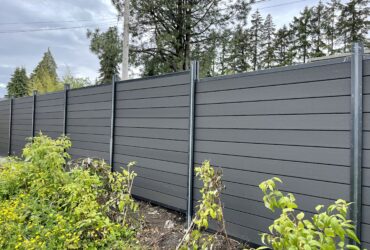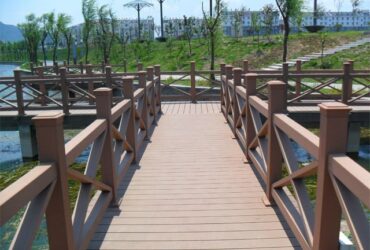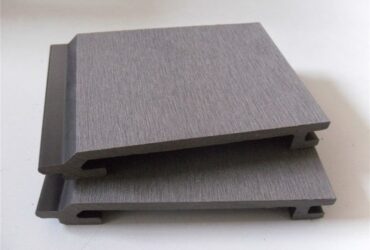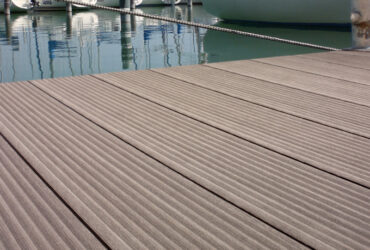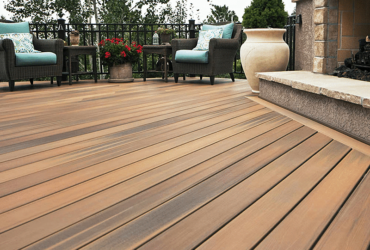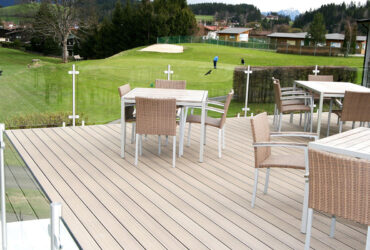Wood Plastic Composite Material Research Hotspot
Interface compatibility issue
Add additive research
Surface radiation method treatment wood powder technology
Interface compatibility issue
Interface compatibility has always been a hot spot for the research of wood plastic composite materials. The wood fiber as an enhanced material is composed of cellulose, semi -cellulose and lignan.Cellulose and semi -cellulose are polysaccharides, which contain a large amount of alcohol hydroxyl group on the surface, with strong polarity and water absorption;Lyrin is a macromolecularly cross -linking alien of benzene, oxygen and phenol hydroxyl groups formed by phenylpylene as a unit.The use of thermoplastic polymers is mainly polyethylene, polypropylene,polyvinyl chloride, polystyrene, etc. The surface of these polymers is generally non -polar or extremely small.
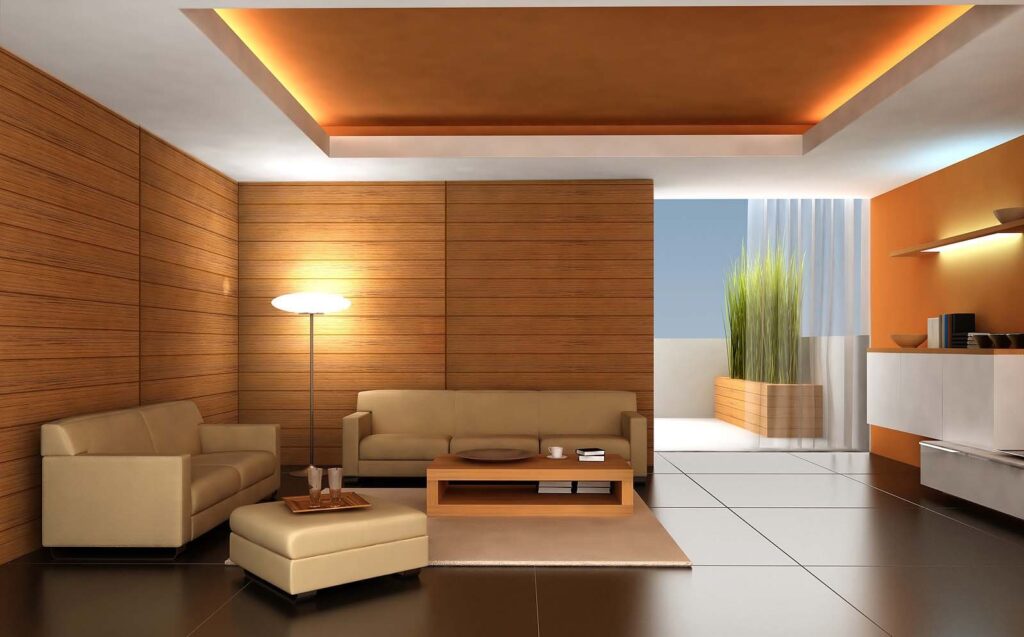
Therefore, the biggest problem that the wooden plastic composite material needs to solve is how to make the surface of the strong polarity of the hydrophilical and the non -polar plastic matrix interface of the hydrophobic.Therefore, the surface layer of the wood fiber and the surface layer of the plastic matrix achieve a molecular -level fusion, and organically compose these two different properties of materials to form a new type of composite material that is better than the original single material.
There are currently three ways to improve the interface compatibility of wood plastic composite materials:The first is to pre -processes the surface of the wood fiber to reduce the surface polarity or change from polarity to non -polarity, which is similar to the polarity of the plastic surface, and improves the interface compatibility between the two;The second way is to pre -process the surface of the plastic to make the surface change from non -polarity to a certain pole, making it similar to the polarity on the surface of the wood fiber;The third way is to add interface conformal agents to the composite system.The interface consequences generally contain two different chain segments of different polarity, which exist in wood fiber and plastic interface.Among them, the polar chain segment can be combined with the wood fiber part, and the non -polar chain segment is combined with the plastic part.The interface between wooden plastic can be reduced, and the intensity of the interface binding increases, thereby improving the interface compatibility.
Add additive research
At present, there have been many studies on the additives of wood plastic composite materials at home and abroad, such as puppets, lubricants, light stabilizers, antibacterial agents, water absorptions, chemical foaming agents, etc. that increase intensity.
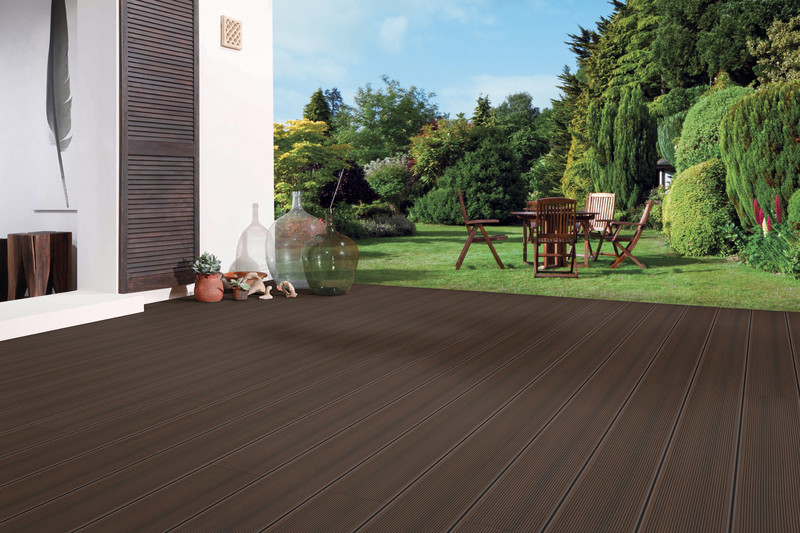
The development of these auxiliary products has attracted the attention of many scientists and made certain progress. The United States has a patent report that adding dyes in wooden plastic composite materials can make it durable and fade, and the colorful wood plastic composite materials have been released.
There are also studies that have shown hydrocarbon -based categorian ammonium salts such as carboxylic acids and sulfate, which can make wood plastic composite materials have antibacterial properties. These studies will further expand the scope of application of wood plastic composite materials.
Surface radiation method treatment wood powder technology
The recent surface radiation processing wood powder technology has become a new research hotspot. Use CO60 gamma radiation source radiation, with various additives to treat wood, you can get better branches and polymer loads.
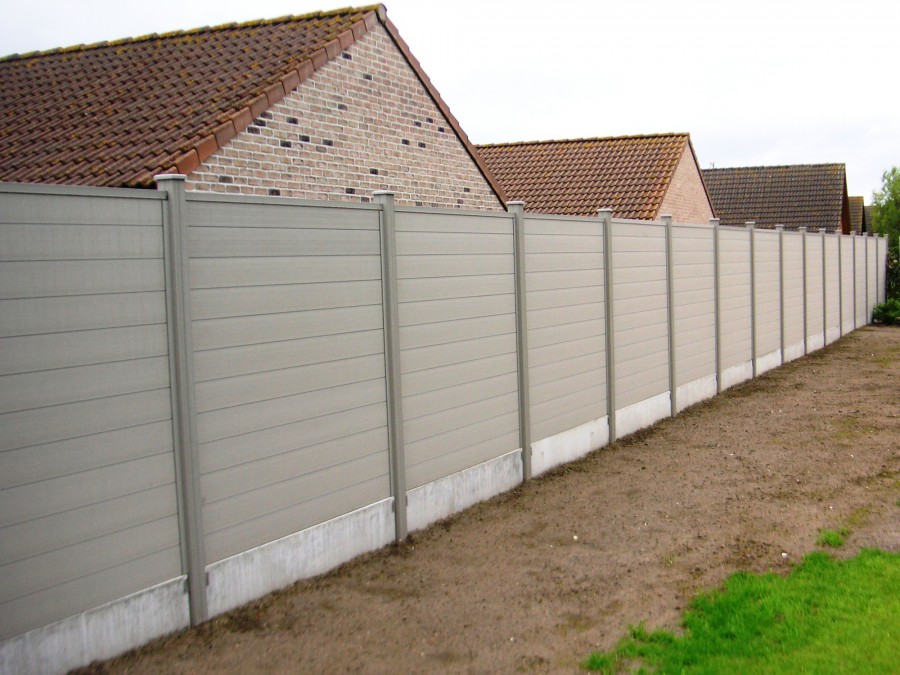
Radial jute fiber with gamma rays, and then connecting jute and methyl methacrylate (MMA) branches, which can greatly increase the strength of jaoseki. After treated with gamma radiation technology, the obtained wood -plastic composite material absorption is significantly reduced, the size stability has been significantly improved, and the compression strength and degree of compression are greatly improved.
The development of wooden plastic composite materials processing auxiliary and emerging processing methods is a signal that allows wooden plastic composite materials to move towards high -end products.

